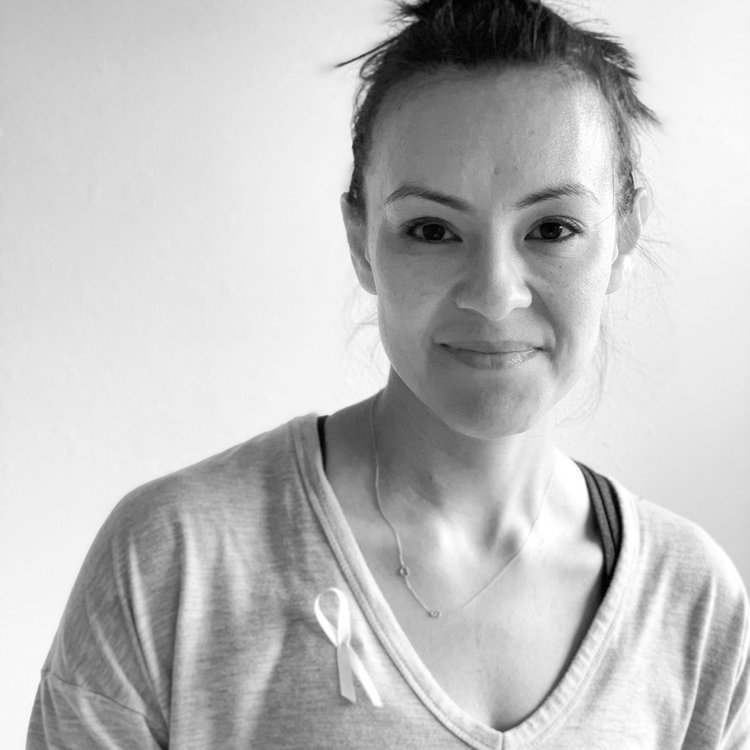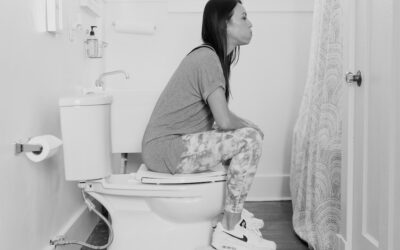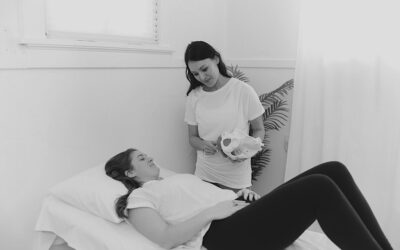Many forms of breast cancer are estrogen positive cancers, meaning that an increased level of estrogen in the blood may cause an increased risk of cancer. Treatment for these cancers typically includes medication that blocks the reception of estrogen to delay or slow cancer growth. While this has proven to be an effective treatment against estrogen positive breast cancer, it can affect pelvic floor health. Vaginal dryness with breast cancer often has negative effects on the health of the vulvar and vaginal tissues.
How estrogen affects the pelvic floor
Estrogen is extremely important for lubrication, blood flow and overall vaginal health. So, when there is a large reduction in estrogen during breast cancer treatment, vaginal tissues may become dry, thin, and weak. These tissue changes can lead to:
- Vaginal burning or itching
- Vaginal tearing
- Increased risk of infections
- Pain with intercourse
- A change in urinary function
While hormone replacement therapy or use of a topical estrogen cream to rejuvenate your vulvar and vaginal tissues may not be an option for many, there are several other options that can be helpful.
Quick tips on relieving pelvic pain during breast cancer
If you have pelvic pain or pressure during treatment, you should try the following to help with the pain.
- An exercise routine if your healthcare provider okays it. Movement will help and you can start simple with a walk, jog or yoga class.
- Cold or hot compresses to help relieve pain.
- Over the counter medications (again, if cleared by your doctor).
- Pelvic floor exercises as prescribed by your pelvic floor PT.
Vaginal dryness and breast cancer
Below are some tips to combat vaginal dryness if you’re going through breast cancer treatment.
- Stay well hydrated. While this seems silly, staying well hydrated will keep all your tissues lubricated and help them receive good blood flow (this also helps you feel better in general).
- Apply daily moisture to the tissues to reduce atrophy and tissue irritation. This can include vitamin E oil, coconut oil, or all natural options. A few of our favorites are Key-E Vitamin E suppositories or Good Clean Love’s Restore.
- Use lube for intercourse! In addition to a daily moisturizer, you’ll want to have a hefty dose of lube on hand for sex. This will provide adequate lubrication to reduce tissue irritation or tearing. Products should be paraben and fragrance free, pH balanced, low osmolality, and should not cause discomfort. Check out our guide on how to choose the best lube!
- Gentle manual therapy to the tissues. This can be performed and instructed by a physical therapist and may include the use of vaginal dilators. Dilators look like tampons and come in different sizes. They help keep your pelvic floor muscles relaxed and help prepare your muscles and tissues for intercourse to decrease painful sex. Some of our favorite dilators are by Intimate Rose.
- Topical estrogen, DHEA, and testosterone compounds are also treatment options for atrophic vaginitis (thinning, dryness, and irritation of the vaginal walls). However, these items may not be recommended for women who have estrogen positive breast cancer. The research is inconclusive as to whether or not these topical creams can increase systemic estrogen. If you have specific questions about these as a treatment option, please speak with your oncologist first.
- Seek the care of a pelvic floor physical therapist (PT). A pelvic floor PT can perform an assessment of the external tissues (abdomen, buttock muscles, inner thighs, etc.) to determine if there are restrictions that may be contributing to some of your symptoms. We can also perform an internal pelvic floor assessment to determine the health of your vulvar and vaginal tissues and make additional recommendations specific to your needs.
Expect some bladder changes
In addition to dryness, estrogen deprivation can lead to changes in bladder function. Low estrogen and thin vulvar tissues lead to decreased vaginal wall support of the urethra and bladder, resulting in urinary leakage with coughing or sneezing as well as a strong urge to pee. Some treatment options may include:
- Pelvic floor strengthening (aka kegels). This may consist of strengthening with quick contractions or long duration contractions. The purpose of these exercises is to focus on improving coordination of the pelvic floor muscles so they activate when you actually need them (before coughing, sneezing, etc).
- Good bladder habits. This means avoiding straining or pushing when you pee to avoid increased pressure on compromised vaginal wall tissues. Chronic straining or pushing can contribute to pelvic organ prolapse, pelvic floor muscle weakness, and more leakage!
- Use of an internal support. Depending on your lifestyle, some internal supports may be helpful to provide support for the urethra and bladder. Some options are the Poise Impressa or a pessary. Poise Impressa can be purchased on Amazon and a sizing kit is available to determine which size fits you best. A pessary must be prescribed by a healthcare provider (typically a urogynecologist). If your tissues are sensitive or easily tear, an internal support may not be the best option.
Many changes in the body, and the pelvic floor, are not addressed once treatment for breast cancer is complete. This needs to change. Vaginal dryness with breast cancer can pose significant challenges. While we can’t help with everything, we can help with changes in your pelvic floor. Check in with a pelvic floor therapist if you would like to learn more.
___________________________________________________________________________________________
Interested in more tips on how to prevent or overcome Pelvic Floor Problems?
Download this free guide for some simple, do-able, totally-not-weird tips to take better care of your down there.
___________________________________________________________________________________________





